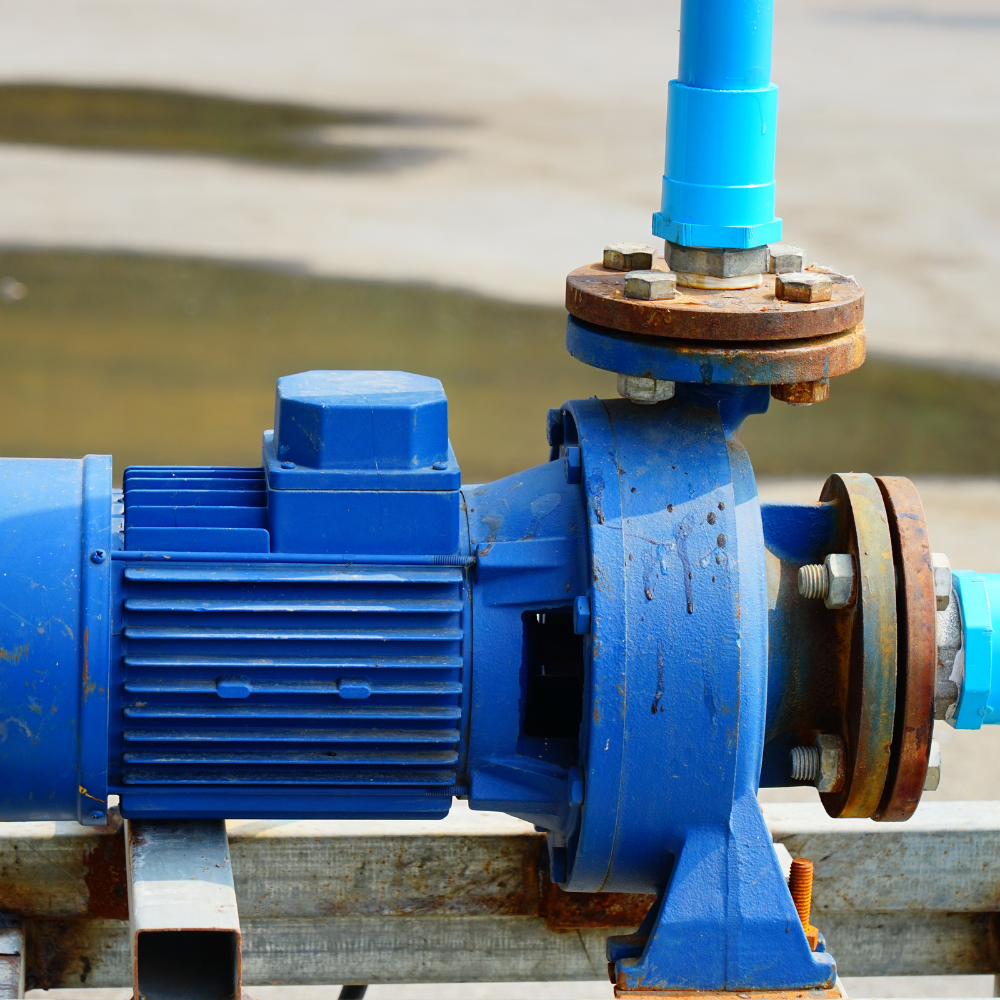We bust myths about variable-speed pumps. Learn how much energy and money they really save compared to single-speed models.
Variable-speed pumps are marketed as the future of pool efficiency. But are the savings real or just hype? Let’s run the math so you know what to expect before you buy.
Myth 1: A Pump Running Longer Costs More
Reality: Lower speeds slash energy use. Running 24 hours on low speed can cost less than 8 hours on high.
Math: A 2 HP single-speed pump might use 2,000 watts per hour. A variable-speed on low can run at 300 watts. Even with longer run times, energy bills drop dramatically.
Myth 2: All Variable-Speed Pumps Save the Same
Reality: Efficiency varies by brand and how you program it. A poorly set schedule can erase savings.
Myth 3: They’re Too Expensive Upfront
Reality: Rebates and long-term savings often offset the price in under 2 years.
Quick Comparison
| Pump Type | Watts Used | Avg. Annual Cost* |
|---|---|---|
| Single-Speed | 2000 | $900 |
| Two-Speed | 1200 | $600 |
| Variable-Speed (low) | 300 | $200 |
*Based on 12 hours/day run time at $0.15/kWh
Explore more equipment in Gear Lab or see chemistry basics in Pool Lessons. For energy data, visit the U.S. Department of Energy.
FAQ
How long before a variable-speed pump pays for itself
Most owners see payback in 1–3 years depending on electricity rates.
Do rebates exist for these pumps
Yes, many utilities offer rebates of $100–$300 for Energy Star certified models.

